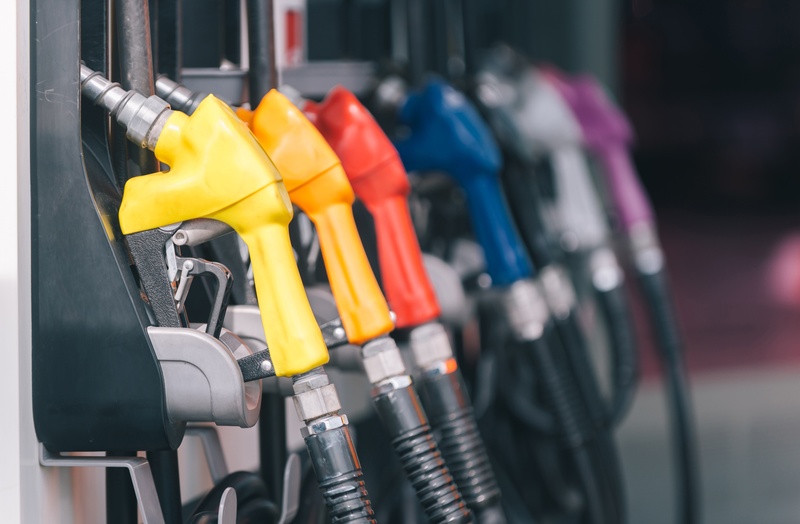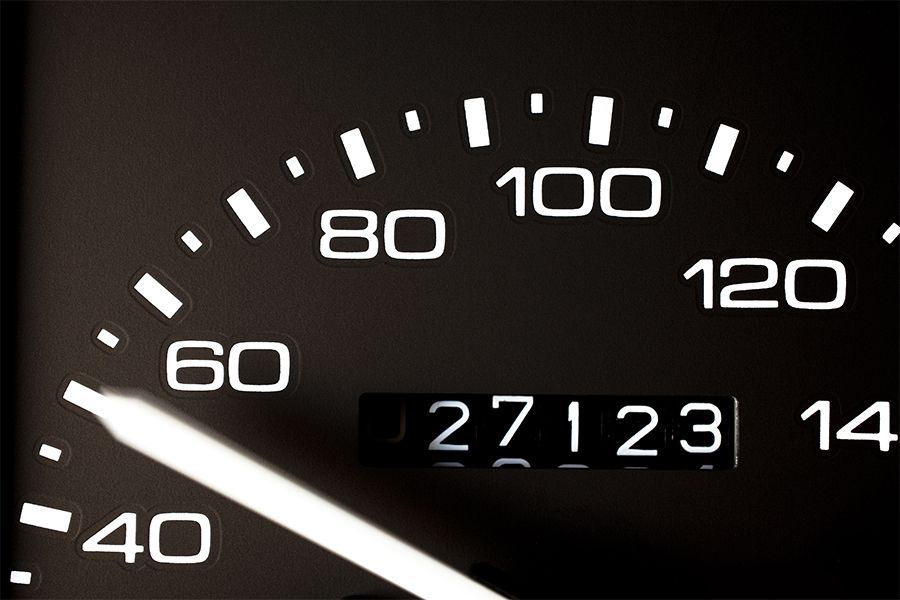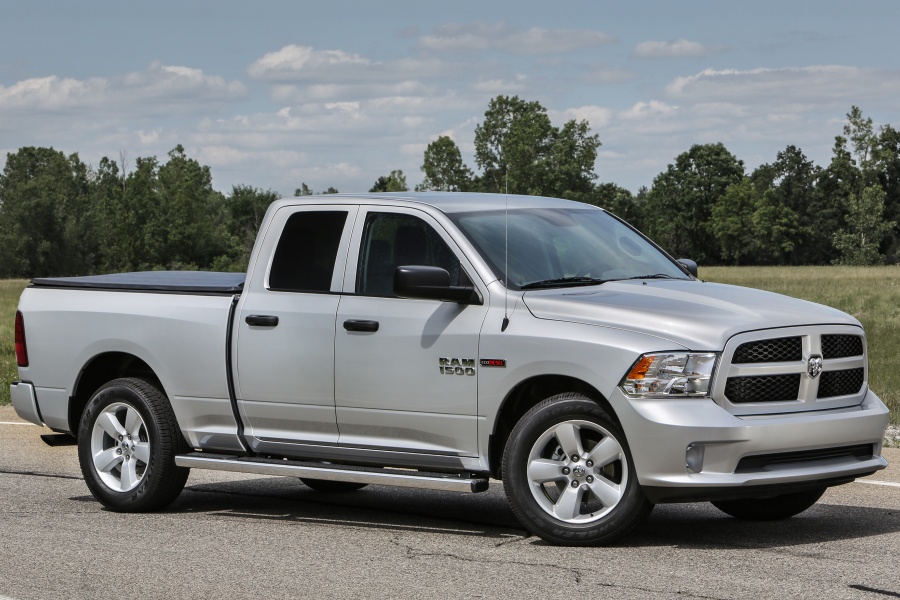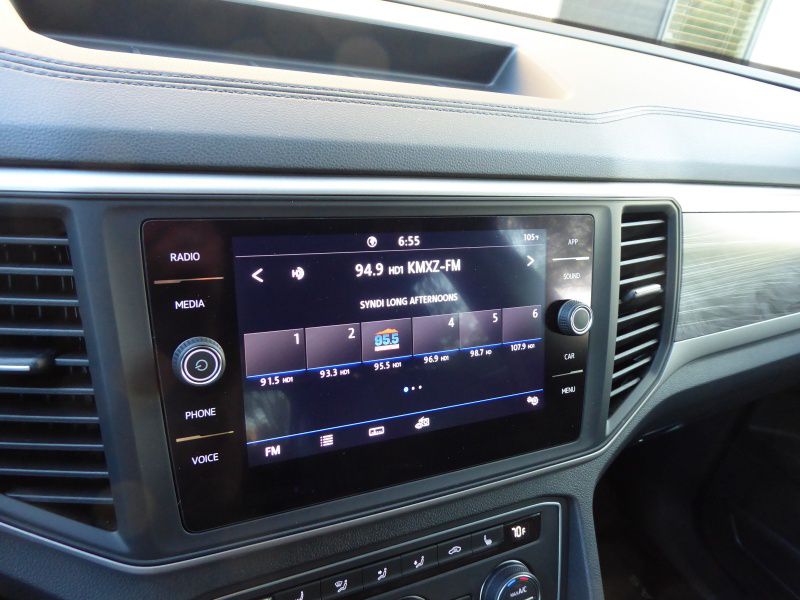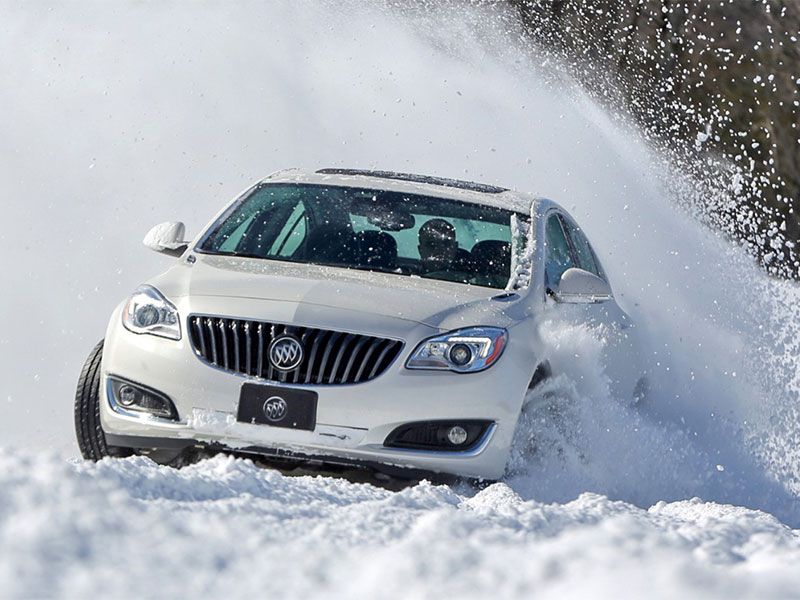Why Do Gas Prices Go Up and Down?
We as Americans live in a country that relies incredibly heavily on the automobile for our main transportation solution. America runs on gasoline that fuels cars, period. America consumes an average of about 384.74 million gallons of gasoline per day according to the U.S. Energy Information Administration.
This consumption spikes in the summer months during good weather, as drivers head out for vacations, country drives, road trips, picnics, and parties. The consumption of gasoline tends to decrease in the winter months when road conditions get worse and people tend to stay indoors more often. An interesting phenomenon that most drivers notice is the spike in gas prices during summer holiday weekends – Labor Day, Independence Day, Memorial Day – which clearly shows that there is some force at work that causes gasoline prices to fluctuate according to certain conditions. But what exactly are these ‘forces’ that cause gas prices to go up and down? Below are some of the reasons why gas prices can fluctuate. Though this is not an exhaustive list of reasons, it should give drivers some food for thought when it comes to their driving habits.
- OPEC – The Organization of the Petroleum Exporting Countries is a consortium of 13 nations that contribute 40% of the world’s oil production, and hold the majority of the world’s oil reserves. OPEC can raise the price of crude oil, which affects the cost of gasoline, by reducing their production of barrels of crude oil. They do this for multiple reasons – some economic, some political, some theoretical.
- Consumer Demand – As already pointed out, our gasoline prices spike in the summer months. This is just a basic law of economics called “supply and demand” being acted out at the gas stations across America during summer months. The more people on the roads, the less gasoline is actually available and so the more that gasoline costs consumers. The higher prices serve in some ways as a checks and balances system to prevent the overuse of gasoline during the summer months.
- Taxes – Both the federal and the state governments across America take their share of the wealth for each gallon of gasoline sold at stations. State sales taxes and state excise taxes tend to fluctuate according to the particular state, and the federal government can add additional taxes for environmental concerns on to the bill per state. These taxes add up and cause additional increases in the amount of money paid per gallon of gas by consumers.
- Domestic Supply Conditions – The U.S. is the world’s third largest producer of crude oil, with the biggest production region in America being the mighty Gulf of Mexico. The tragic oil rig explosion by a British Petroleum-contracted company off the coast of Louisiana is just one example of a disaster that can have negative effects on the price of gasoline in this country. Hurricanes and earthquakes that damage oil-extraction equipment and slow the production process can also influence the price of gasoline down the road for consumers.
There are many reasons why gas prices can go up or down. The above are just a few of the complicated elements in the international equation that equal gasoline prices for drivers. Everyone owes it to him or herself as well as to the next generation of drivers to consider how their automobile use can influence gasoline demands for the future
